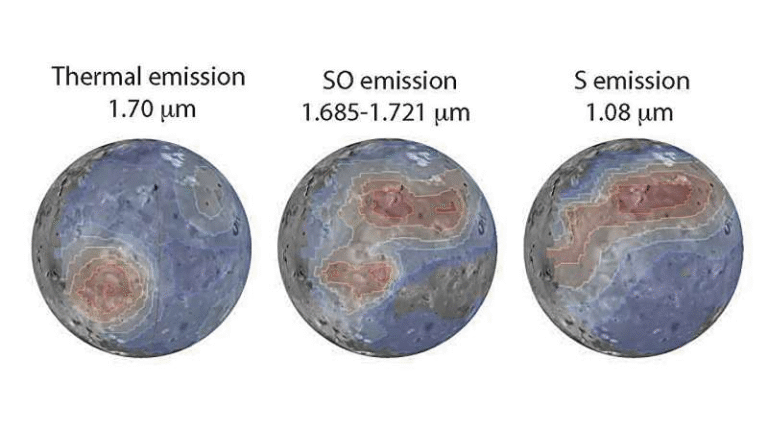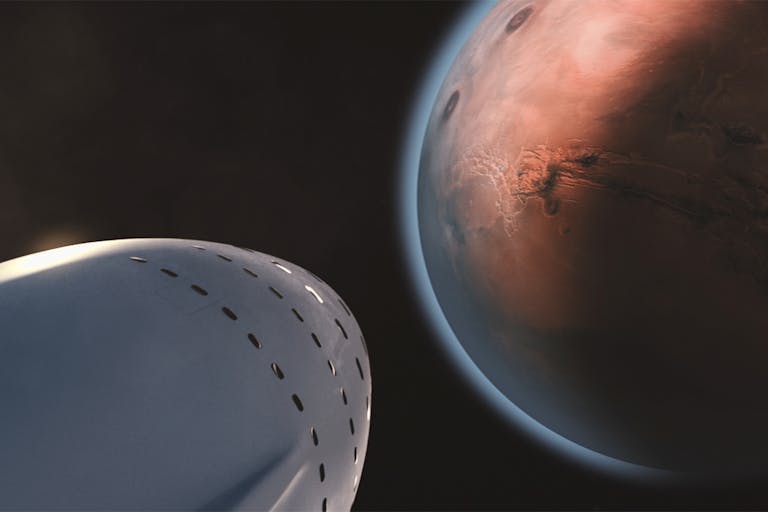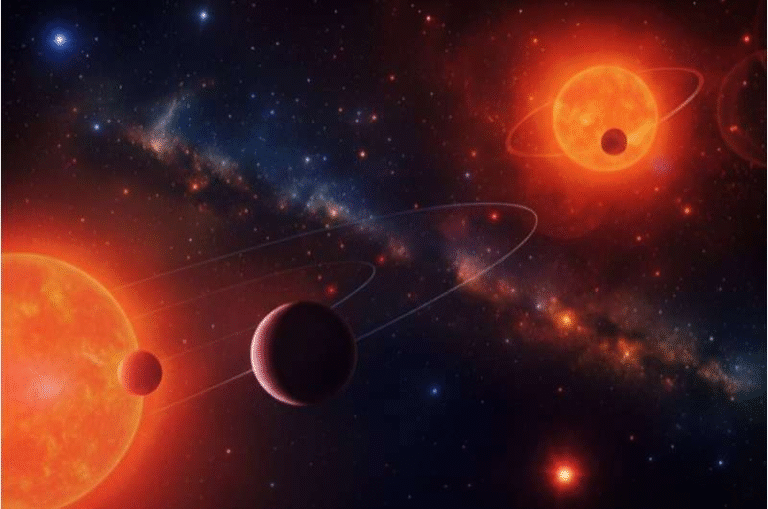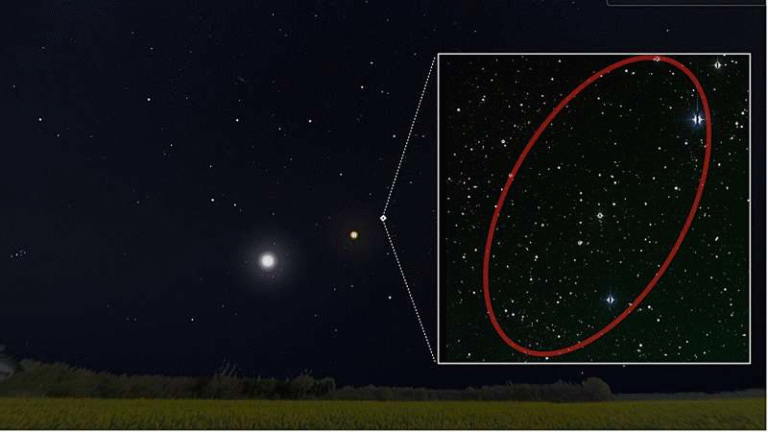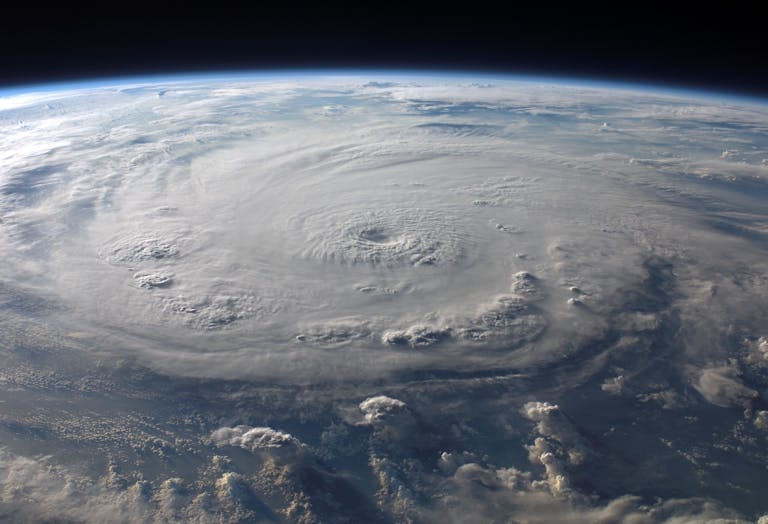What Happens If SETI Actually Finds Aliens? The New 2025 Protocols Explain Everything

The Search for Extraterrestrial Intelligence (SETI) has always carried one thrilling question — what if we really find something? Now, after more than three decades, that question finally has a more detailed answer. The International Academy of Astronautics (IAA) has officially developed an updated set of post-detection protocols, outlining exactly what scientists should do — and not do — if we ever confirm a signal from intelligent life beyond Earth.
This is the biggest overhaul since the original 1989 Declaration of Principles. Back then, SETI mainly meant listening for radio signals. In 2010, there was a light revision to streamline language, but the core remained unchanged. Fast forward to 2025, and everything from technology to communication has evolved so much that the IAA decided it was time to rewrite the rulebook from the ground up.
Let’s go through what’s new, why this update matters, and how it could change the way humanity reacts to first contact.
The 2025 SETI Protocol Update
The new document, titled “SETI Post-Detection Protocols: Progress Towards a New Version”, was posted on arXiv in October 2025. It represents three years of work by a dedicated IAA SETI Task Group formed back in 2022. The update was discussed and voted on at the 2025 International Astronautical Congress (IAC) in Sydney, Australia, and if all goes according to plan, it should be fully ratified by early 2026.
Rather than being a rigid, one-time statement, this new version is designed as a “living document.” That means it can adapt to changing technologies, new detection methods, and future challenges — a smart move, considering how fast science and communication evolve.
The IAA committee behind the update includes experts from astronomy, law, ethics, communications, and even social sciences. Their mission wasn’t just to plan for the moment of discovery, but to prepare for the global reaction that would inevitably follow.
Why Did SETI Need a New Protocol?
The previous rules were written for a completely different world — long before social media, instant global broadcasting, or widespread private space initiatives. The modern information ecosystem introduces huge risks and responsibilities.
First, a confirmed alien signal wouldn’t stay secret for long. News would spread globally within minutes, often distorted by misinformation or conspiracy theories. The new protocol acknowledges this reality and specifically emphasizes protecting scientists from online harassment and false accusations.
Second, SETI itself has grown. It’s no longer just radio telescopes listening for repeating beeps in the cosmic static. Scientists now search for technosignatures — any measurable sign of technology, such as laser flashes, unusual heat emissions, or even Dyson sphere-like structures around distant stars. The new framework had to cover all these possibilities, not just traditional radio signals.
Finally, there’s the matter of global cooperation. Detecting extraterrestrial intelligence isn’t just a scientific event — it’s a planetary one. The IAA now stresses that any confirmed detection must involve international consultation, and that no response should be sent until discussions happen at the United Nations level. In other words, no single country, institution, or billionaire should decide how humanity answers.
How the New Protocol Came Together
The process to update the rules started formally in 2022, when the IAA’s SETI Committee created a specialized Post-Detection Protocol Task Group. Over the next three years, they released several drafts, hosted surveys, and invited feedback from hundreds of researchers and policy experts worldwide.
By August 2025, they finalized a draft that was then refined for the IAA’s annual congress in Sydney in October. The current version is expected to be ratified by the IAA board in early 2026, after a simple majority vote.
The key paper — now publicly available on arXiv — lays out the principles, reasoning, and structure of the new approach. It doesn’t carry legal weight but acts as an international standard, encouraging coordination between scientists, governments, and global organizations.
What’s Actually New in 2025
The update introduces several major changes that reshape how SETI operates after detection:
1. Broader Scope
The protocol now covers all kinds of technosignatures, not just radio signals. That includes laser communication attempts, optical flashes, megastructures, and non-radio anomalies. In short, it fits the way SETI has evolved in the 21st century.
2. Stronger Caution on Replying
Earlier versions allowed for sending a response after consultation. The new one goes further: no message should be sent until after formal global discussion and consensus at the UN level. This stricter approach recognizes the potential risks of revealing Earth’s presence or intentions before a unified decision.
3. Protection for Researchers
The updated version highlights the need to protect scientists from misinformation, harassment, and political pressure. Given how online discourse can turn toxic fast, this is a vital modern safeguard.
4. Verified and Transparent Data Handling
When a possible signal is found, the data should be verified independently, stored in two separate geographic locations, and shared transparently with other experts. Even the software tools used for analysis should be archived and accessible, ensuring reproducibility and openness.
5. International Cooperation with the ITU
If the detection involves electromagnetic signals, the IAA suggests notifying the International Telecommunications Union (ITU) to protect the specific radio frequency used from interference. That means the signal’s channel could be legally reserved for further study — a clever and practical step.
6. Living-Document Design
Unlike past versions, this protocol is built to evolve. As new forms of detection emerge or as international politics shift, the document can be revised rather than replaced every few decades.
Beyond the Rules: Why SETI Matters
SETI might sound like fringe science to some, but it’s grounded in serious astrophysics, engineering, and communication theory. The Allen Telescope Array, China’s FAST, and projects like Breakthrough Listen are all part of a growing network dedicated to scanning the skies for non-natural signals.
What’s fascinating is that SETI is no longer only about “listening.” Researchers also study how long technological civilizations might remain detectable — a concept called the technological lifetime. Studies show that rapid technological change, such as transitioning to more efficient or invisible forms of communication, could make civilizations detectable for only a short cosmic window. In other words, our odds of catching another civilization’s signal depend on timing as much as distance.
The Dyson sphere concept — a hypothetical structure that captures a star’s energy — is another example of how SETI has expanded. Astronomers now look for infrared excess from stars that might hint at such structures. These indirect searches are just as valid as traditional radio-based methods.
So, SETI today isn’t a single experiment — it’s a multi-method, multi-disciplinary quest. It merges astronomy, computer science, ethics, and philosophy into one enormous question: If we’re not alone, what should we do about it?
What Happens Next
The IAA’s 2025 update is a major step toward making that question answerable in an organized, responsible way. But it’s also clear that many issues remain unresolved. For example, how do we handle a leak before official confirmation? Who has the authority to declare a signal authentic? And what happens if a private company, not a government, makes the discovery first?
The document doesn’t pretend to have all the answers. Instead, it sets out best practices — a framework to build on as science, technology, and society continue to evolve.
What’s certain is that the world of 2025 is vastly more interconnected and fast-moving than it was in 1989 or 2010. Updating these protocols isn’t just bureaucratic housekeeping — it’s an essential step to ensure that, if the signal ever comes, humanity will be ready to respond wisely, safely, and together.
Research Source:
Michael A. Garrett et al., SETI Post-Detection Protocols: Progress Towards a New Version, arXiv (2025)
